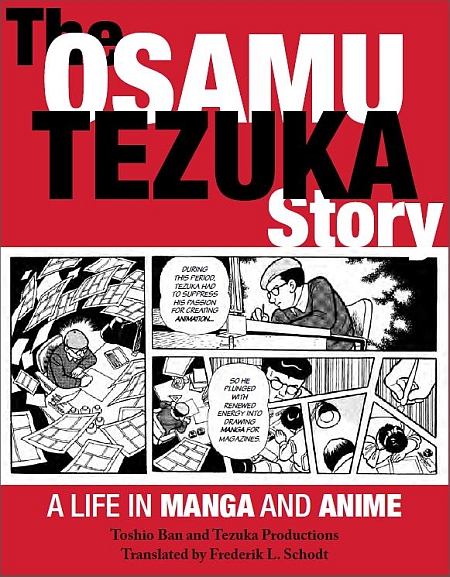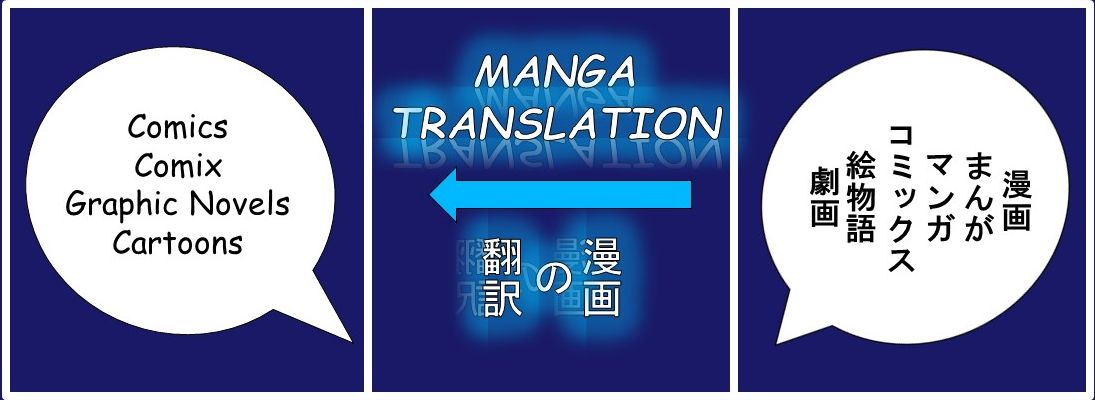1 

The Four Immigrants Manga:
A Japanese Experience in San Francisco, 1904-1924
『漫画四人書生』--木山義喬(著) --(Translated and annotated by Frederik L. Schodt)
 A "documentary comic book" published in San Francisco in 1931, depicting the true adventures of four young Japanese men in America between 1904 and 1924. Written and illustrated by Henry Yoshitaka Kiyama (ヘンリー木山義喬), translated with copious notes and a foreword by Frederik L. Schodt, and published by Stone Bridge Press in 1998 as The Four Immigrants Manga: A Japanese Experience in San Francisco, 1904-1924.
A "documentary comic book" published in San Francisco in 1931, depicting the true adventures of four young Japanese men in America between 1904 and 1924. Written and illustrated by Henry Yoshitaka Kiyama (ヘンリー木山義喬), translated with copious notes and a foreword by Frederik L. Schodt, and published by Stone Bridge Press in 1998 as The Four Immigrants Manga: A Japanese Experience in San Francisco, 1904-1924.
"Forty years before the birth of underground and alternative comix, Henry Kiyama was experimenting in comic strip form with comics as autobiography, comics as personal statement, comics as sociology, anthropology, and political science, not to mention comics as a comment on racial and class attitudes and antagonism. In a time when traditional comics didn't dare venture into this territory, Kiyama covers it as a matter of course, as if his strip is no more or less than his bemused comic diary. It is that, but it is more, much more." — Jules Feiffer, Pulitzer prize-winning cartoonistMuch More About the Book Stone Bridge Press Amazon Barnes and Noble
2 
The Osamu Tezuka Story:
A Life in Manga and Anime
by Toshio Ban and Tezuka Productions
『手塚治虫物語』--伴俊夫&手塚プロ著 Translated by Frederik L. Schodt

Way back in 2007, I wrote my book about Tezuka--The Astro Boy Essays: Osamu Tezuka, Mighty Atom, and the Manga/Revolution. In it, I focused on Astro Boy partly because Tezuka's entire body of work was too vast and too complicated, covering too many genres and spanning such a long period of time. I frankly didn't think I could it justice in one book. Of course, there are now also other good books in English about Tezuka, such as those by Helen McCarthy and Natsu Onoda Power, but a few years back I began noticing that more and more academics in the Western world, whether writing about manga or anime, were often quoting not just from my book, or those by Helen or Natsu, but from a manga biography of Tezuka in Japan known as 『手塚治虫物語』, or "Tezuka Osamu Monogatari" (literally, "The Osamu Tezuka Story"). I had actually read it in Japanese not too long after it first appeared in Japan, in 1992, but I went back and re-read my copy, and I realized that if translated, this long manga might, in fact, be a wonderful, authoritative source of information for non-Japanese speakers. It might not only be welcomed by academics, but also by young people in high school and college who are writing papers about Tezuka, and of course by the ever-growing body of Tezuka fans. It's created jointly by Toshio Ban, who was Tezuka's sub-chief assistant for many years and thus can draw in his style, and by Tezuka Productions, Tezuka's own company, which still creates animation and licensing and curates Tezuka's work. As a result, the art style of this book strongly resembles that of Tezuka, and the information in it is derived directly from interviews and the company's archives. The "interlocutor," or narrator of the story is none other than one of Tezuka's most beloved characters, Higeoyaji, or "Mustachio." This book is therefore about as close as one can get to a postumous autobiography. If you like it, please also read my book on Tezuka and Astro Boy. And don't forget to read the original Astro Boy and other Tezuka manga, too.
In Japan, Tezuka Osamu Monogatari was originally issued as either a two or three volume set. Stone Bridge Press and I, however, thought that in the English-language market a single, giant volume would be the only way, and in fact more fun way, to go. As a result, this English edition is one huge brick of a book, clocking in at 914 pages. I've enjoyed seeing the comments of readers on Twitter, etc., about the size, sometimes with photos.
Lettering and art touch-up for the English edition was done by Evan Hayden. Book design is by Linda Ronan.
The Osamu Tezuka Story was declared Foreword magazine's 2016 GOLD winner for Graphics Novels and Comics in the INDIES category. Also, in 2017, the book was nominated for an Eisner award in the category of "Best U.S. Edition of International Material—Asia."
The Osamu Tezuka Story has received wonderful reviews in the media. Here are a couple:
"Fittingly massive... [with over] 900 pages of cheery cartoon action... Captures its subject's tireless genius through WWII, the lean post war years, and the emergence of Japan as a superpower.... Legendary manga scholar Schodt provides a first-rate translation."—Publisher's Weekly
“A must for Tezuka devotees… this near 1,000-page biography of manga artist Osamu Tezuka will spark excitement and rabid consumption.”—Library Journal
“All-in-all this is a five-star production in writing, in art, in content, in translation, and in printing and binding. I cannot praise it enough or recommend it more highly. I hope I have made you curious enough to order a copy: To read The Osamu Tezuka Story is to be entertained with not only a biography, but also the history of manga and anime that was shaped by a single great artist.”—Brad Hawley, in Fantasy Literature
"For more wonderful reviews, and to read a few sample pages, definitely also check out the Stone Bridge Press website. For a short video of me signing copies, also showing the size of the book, click HERE.
Amazon Barnes and Noble

